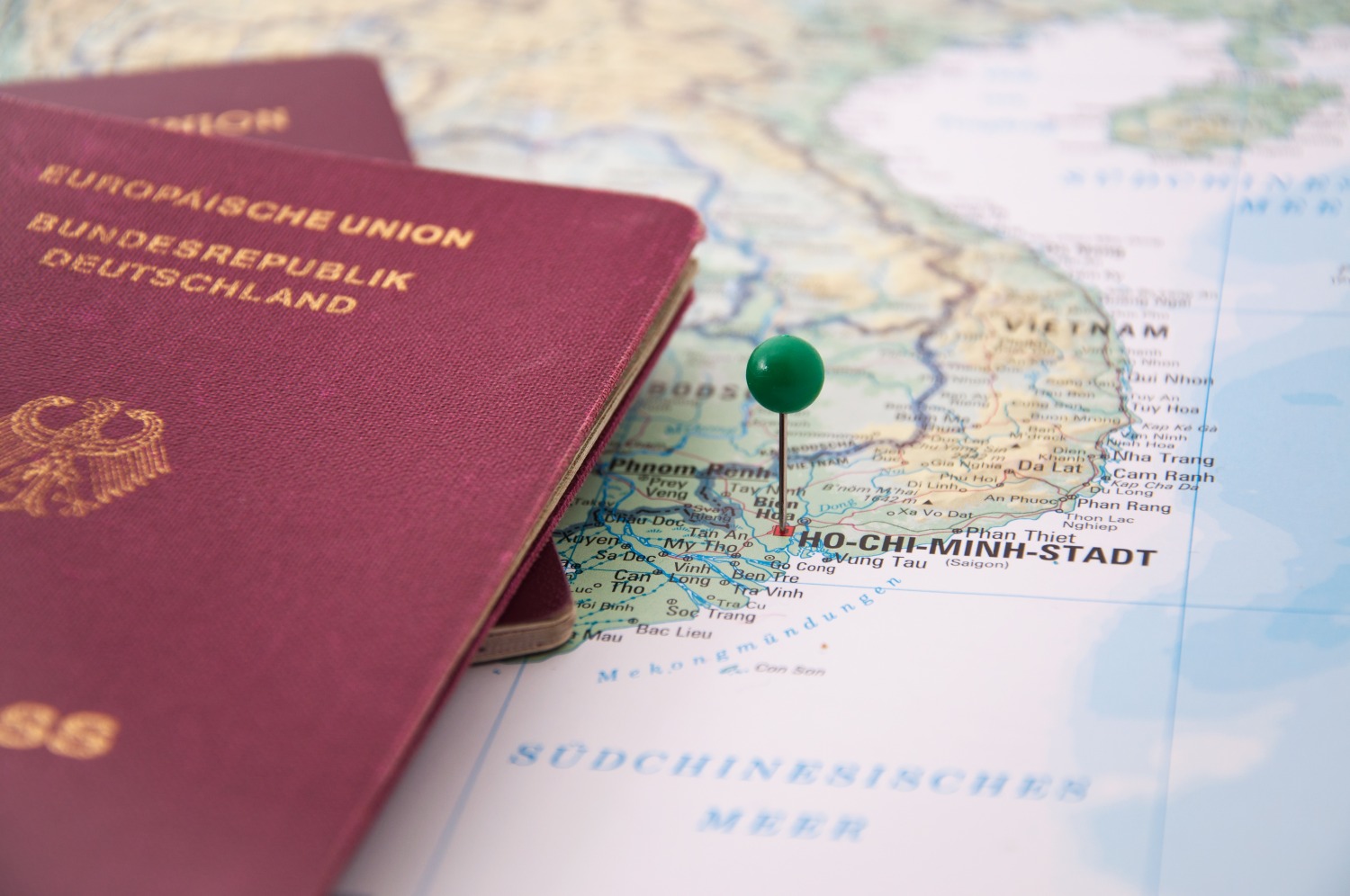Tourism has been essential to Vietnam’s economic growth since it shifted away from its heavy reliance on agriculture. In 2019, before the pandemic, the tourism industry accounted for 12% of the GDP, with international travelers spending massive amounts on luxury hotels and tours.
It’s understandable why the country has put high hopes on fast tourism recovery after a two-year hiatus. After it opened the borders and allowed entry of all foreign travelers in March, industry players have been rolling out campaigns and promotions non-stop. The government targets five million international arrivals for 2022. The country has so far welcomed a little more than 950,000 visitors, dominated by Asian tourists.
Experts and international travelers think Vietnam’s goal is out of reach. While foreign arrivals increased by 897% from the previous period, international tourism “remains in a slump,” Vu The Binh, chairman of the Vietnam Tourism Association, told Vietnam News.
He explained that domestic visitor numbers topped 71.1 million in just the first seven months of this year against a full-year target of 60 million, highlighting the striking gap between domestic and international tourism.
Industry players pointed out the strict and confusing visa policies as a deterring factor for foreigners. Travel agencies reported cancellations of trips as foreigners could not get a valid visa on time. Vietnam issues visa exemptions for its ASEAN neighbors and some countries in Europe. But it only gives a one-month single-entry visa for other markets. Applying for an e-visa is convenient, but many complained of delayed approval.

Siddharth Parashar, who already has a confirmed flight ticket for August 11 to Vietnam, has yet to receive his e-visa one day before his flight. He said he applied for an e-visa on August 1. He’s now just “hoping for the best,” or else he’d have to rebook his flight or cancel the trip altogether.
British national Joe Hosty and his wife are also planning a 10-day trip around Vietnam. Citizens from the UK are eligible for a 15-day visa-free stay in the country. In between the trip, the couple would go to Malaysia. Confused if the visa exemption can be applied for two entries just a few days apart, Joe worries they might not be allowed to board their Bamboo Airways flight. He said an email from the Embassy of Vietnam in London wasn’t helpful, too.
“From emailing agencies and even the Vietnamese Embassy in London, there seem to be a lot of people who aren’t aware of new [visa] rules and suggest that we need to wait 30 days before re-entering,” posted Joe on a Facebook group ‘Vietnam Visa Advice,’ explaining that the waiting period for re-entry has already been scrapped since 2020.
Australian citizen Rebecca Gordon also shared her frustration, “Does Vietnam still do visa on arrival for Australian citizens? Information online is very confusing.”

A marketing manager at a Saigon-based travel firm said that Vietnam’s visa policies post-COVID are a “nightmare” for businesses relying on inbound travelers. Her company has seen more than 15 bookings that have been canceled or postponed over the last two months. She noted that they only resumed operations in mid-May, and business is moving too slowly.
“Immigration should create visa rules that are friendly to any tourist, as long as they are deemed safe to enter the country. Our business relies on foreigners, so the longer visa problem persists, the longer the tourism sector has to wait to bounce back.”
The Ministry of Tourism pledged on Tuesday that it’s working with relevant authorities to address visa concerns and would soon put new strategies in place. It has also launched new marketing and promotion activities to aid the sector’s growth as it moves past the crippling pandemic.
